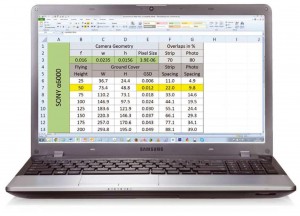Until very recently the acquisition of aerial imagery was very expensive as it could only be done by manned aircraft or satellites equipped with special cameras or sensors. The high safety risks, operational complexity and acquisition and operational costs of these mapping techniques made them completely uneconomic for small projects such as mapping a single village or agricultural holding. Enter the small civilian drone.
Drones have significantly improved the speed and efficiency at which small areas can be safely and accurately mapped. As their prices continue to drop while their capabilities rise, drones are rapidly enabling the democratization of mapping. Walter Volkmann (President: Micro Aerial Projects L.L.C.) recently wrote an article in ICT Update on the “Five steps of making maps with small drones” which covers the basics of personal, (as opposed to corporate) mapping. To view the article, please click “here“. See pages 24 and 25.

